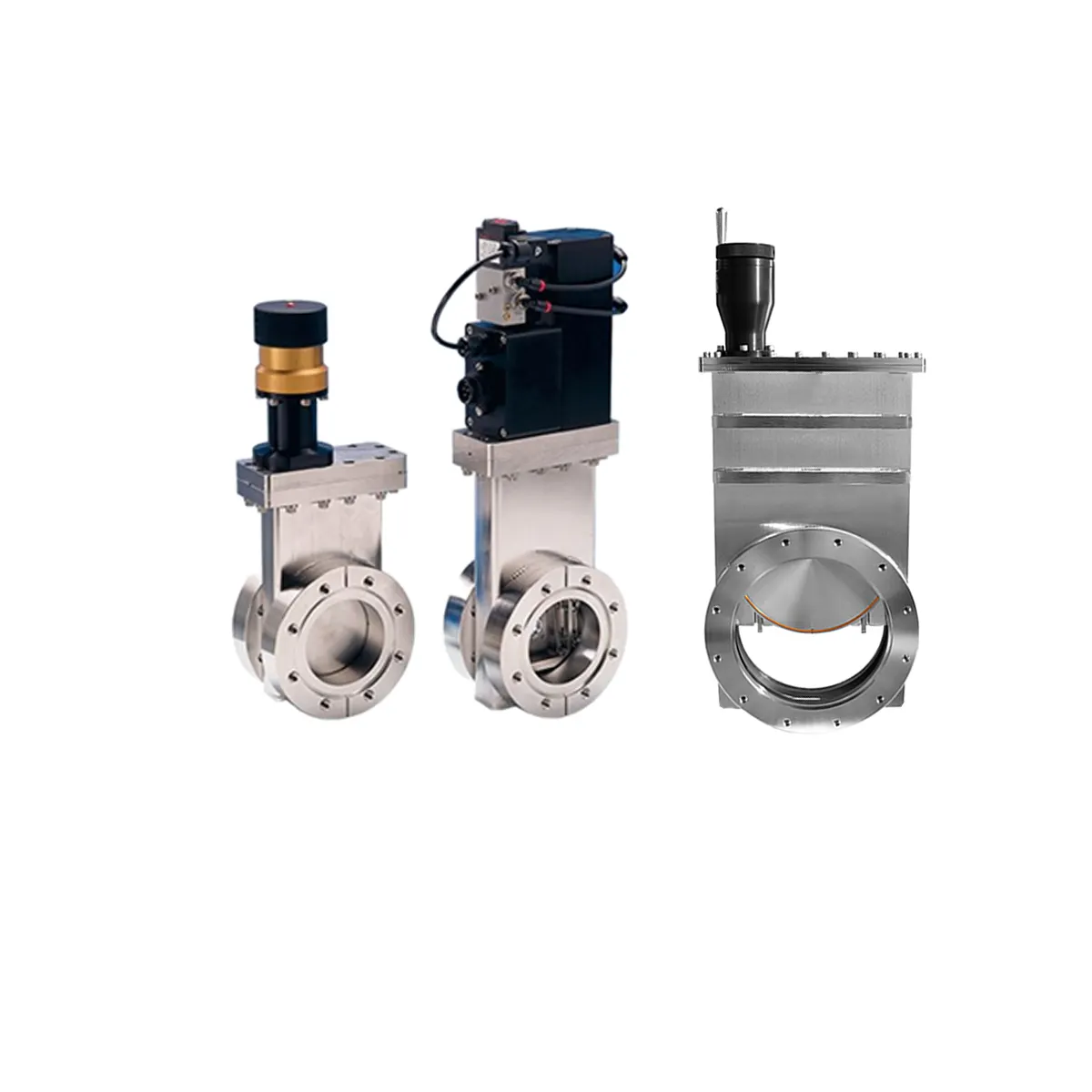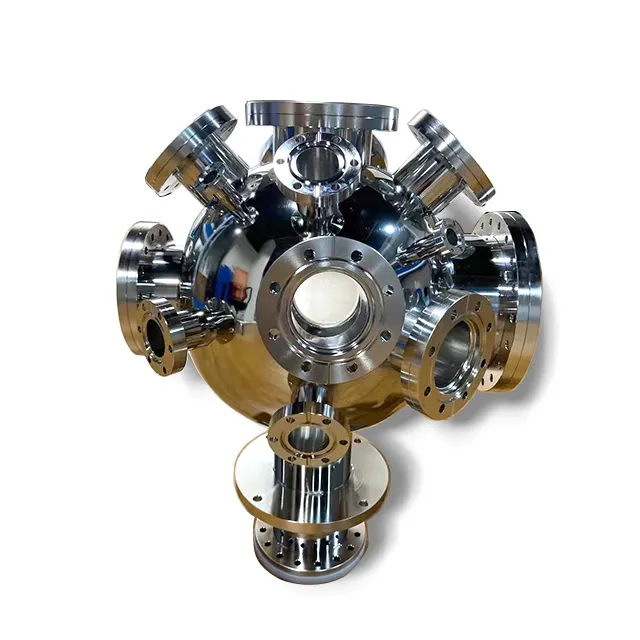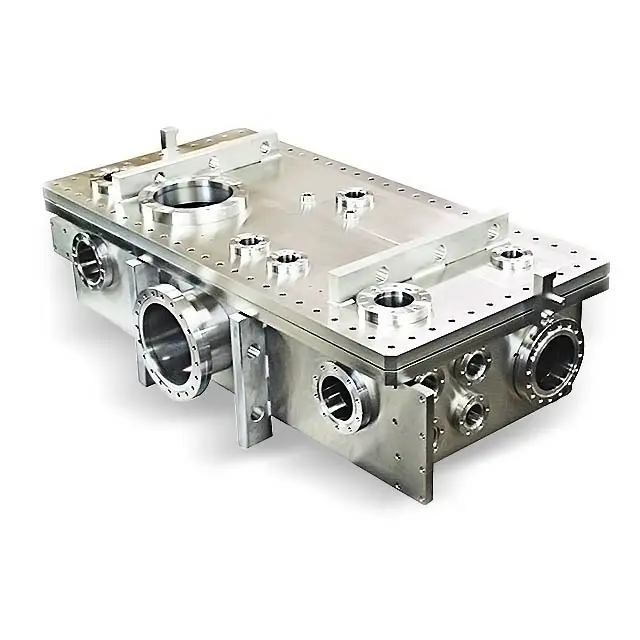high vacuum technology
High vacuum technology represents a sophisticated engineering achievement that enables the creation and maintenance of environments with extremely low pressure, typically below 10^-3 Pascal. This technology operates by removing gas molecules from sealed chambers using specialized pumping systems, including mechanical, diffusion, and turbomolecular pumps. The process involves multiple stages of evacuation, starting with rough vacuum creation followed by progressively finer removal of gas particles. The technology incorporates advanced sealing mechanisms, precision-engineered components, and sophisticated control systems to maintain vacuum integrity. High vacuum systems are essential in numerous industrial and scientific applications, from semiconductor manufacturing to particle accelerators. They enable processes that require pristine environments free from contamination, such as thin film deposition, electron microscopy, and space simulation testing. The technology also plays a crucial role in materials research, allowing scientists to study surface properties and conduct experiments without atmospheric interference. Modern high vacuum systems feature automated controls, real-time monitoring capabilities, and fail-safe mechanisms to ensure consistent performance and safety. These systems can achieve and maintain pressures as low as 10^-8 Pascal, creating nearly particle-free environments necessary for advanced manufacturing and research applications.


